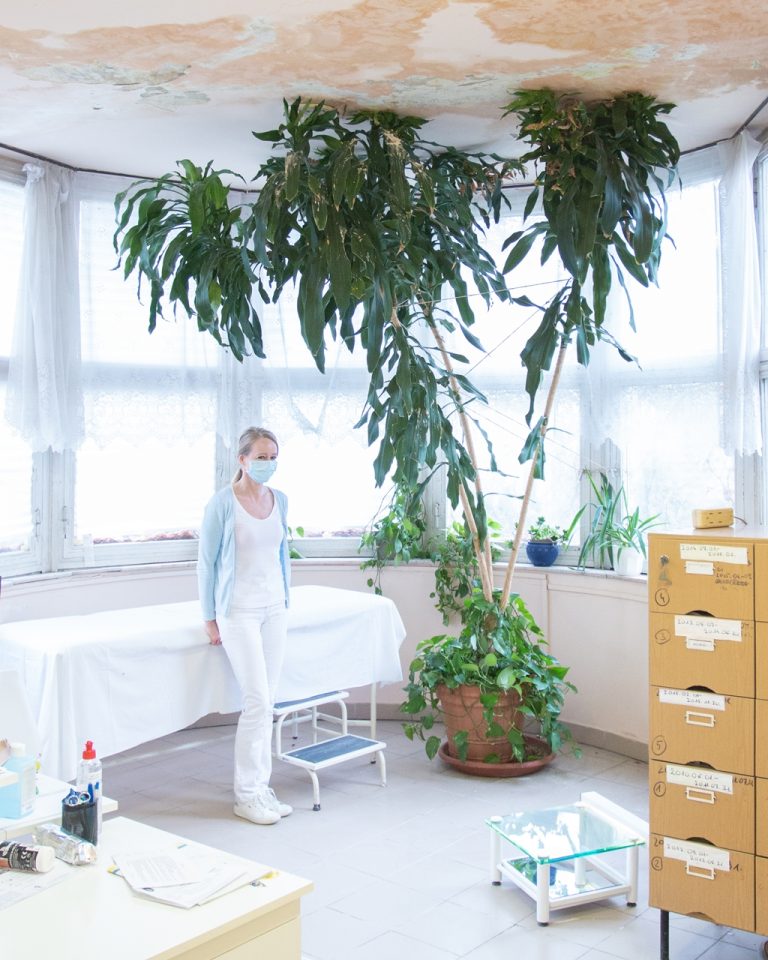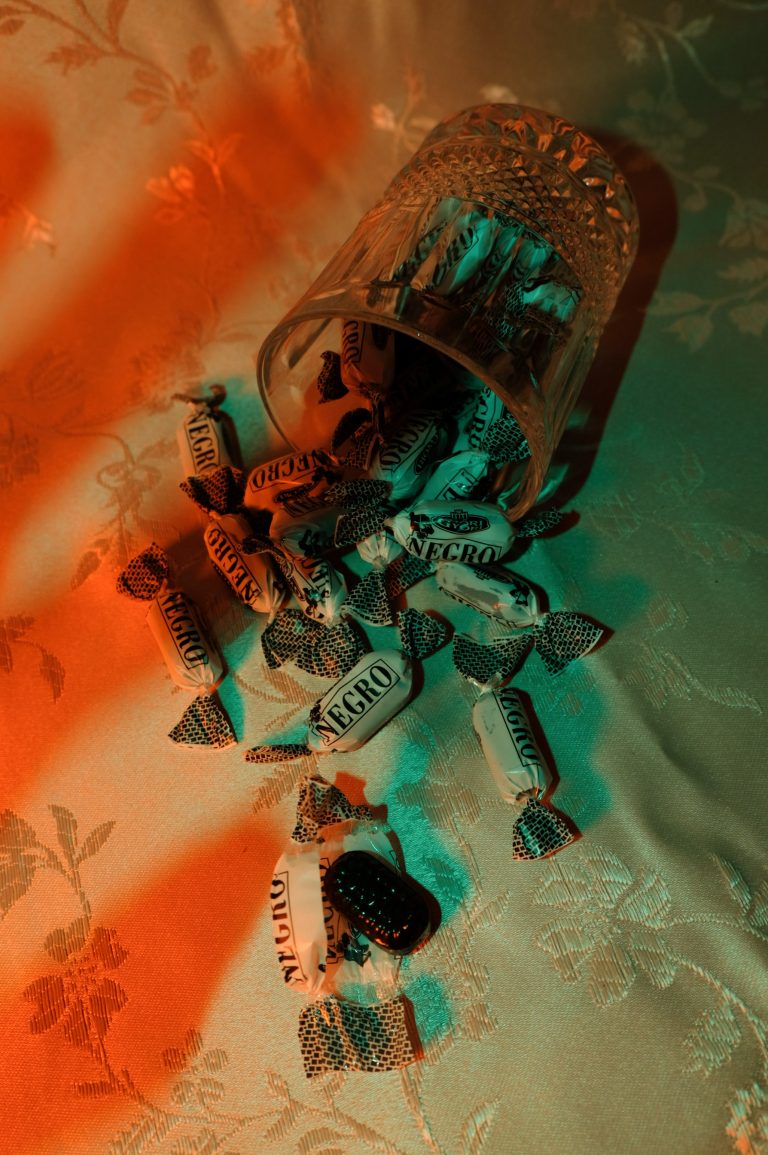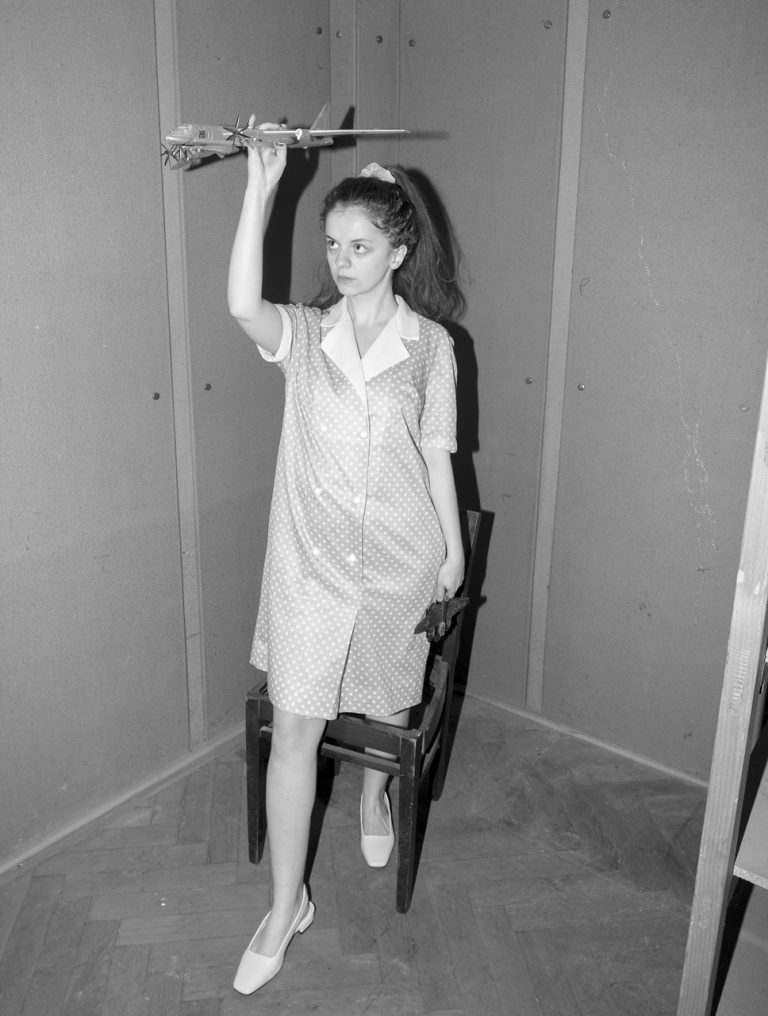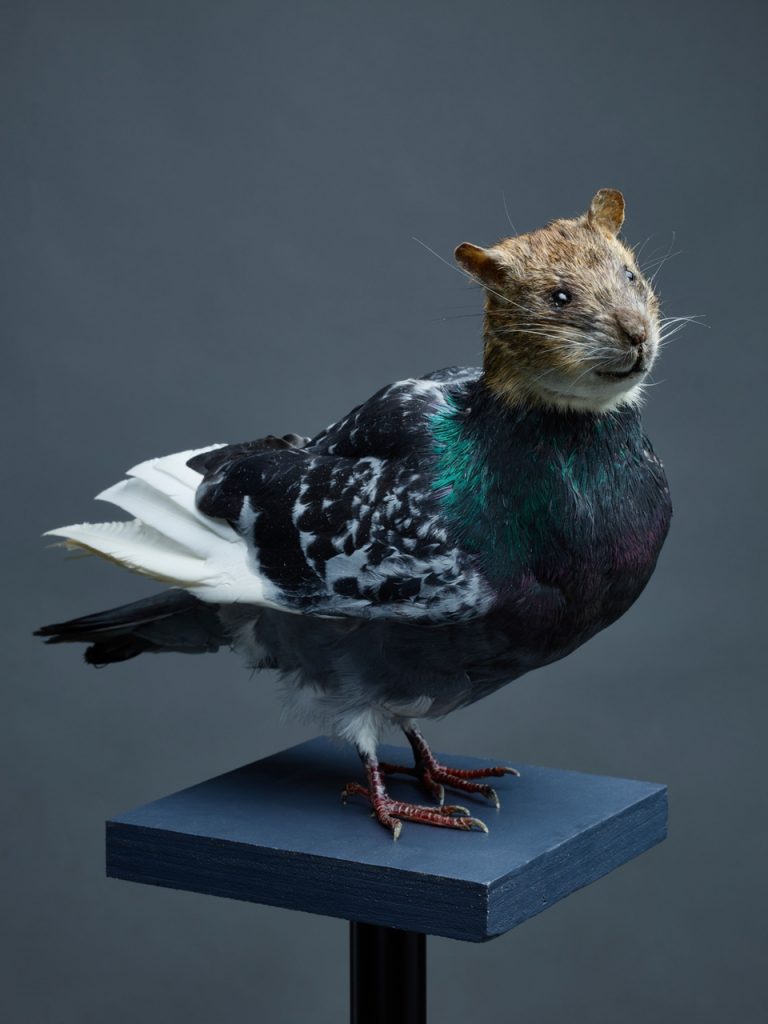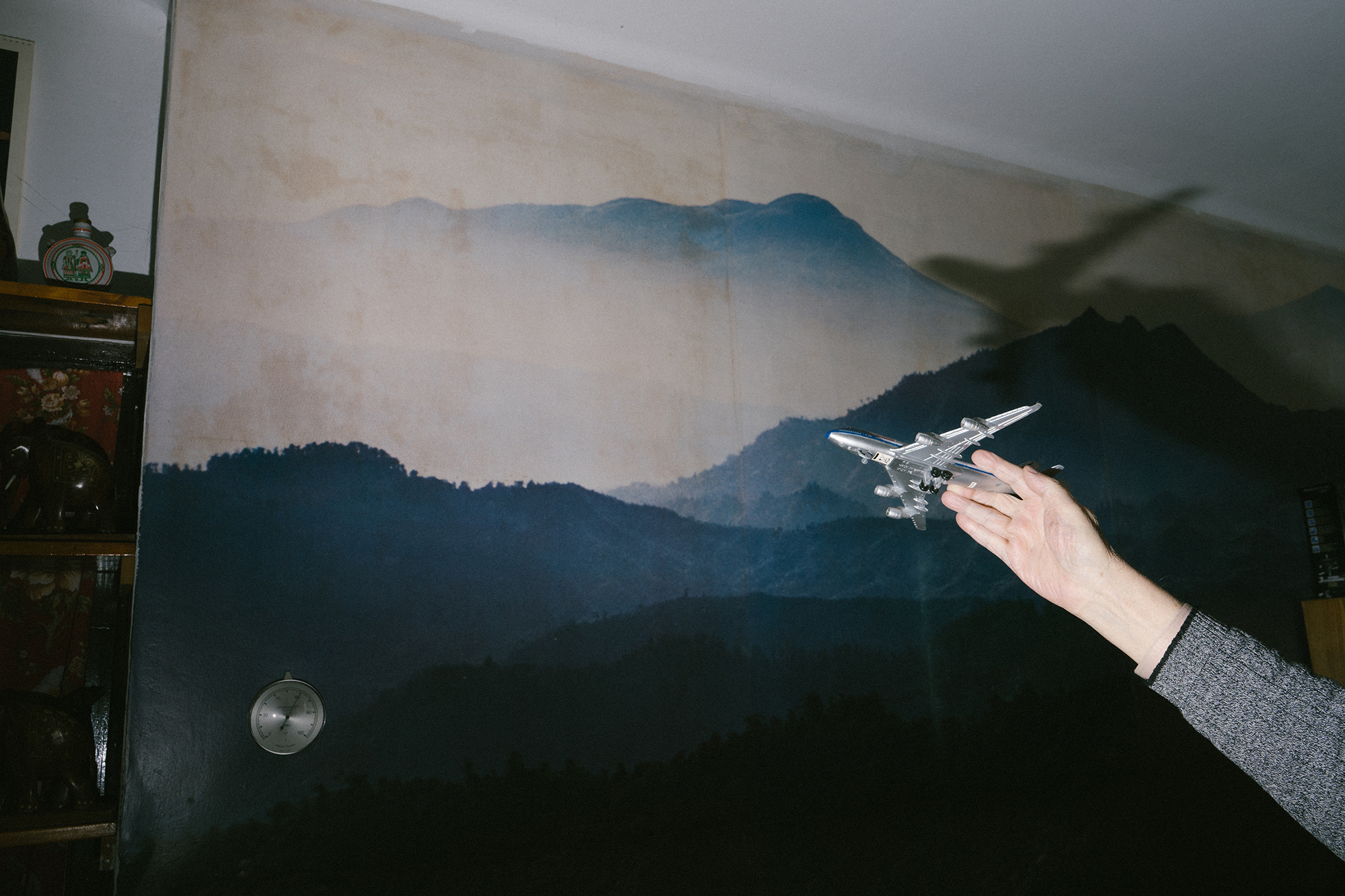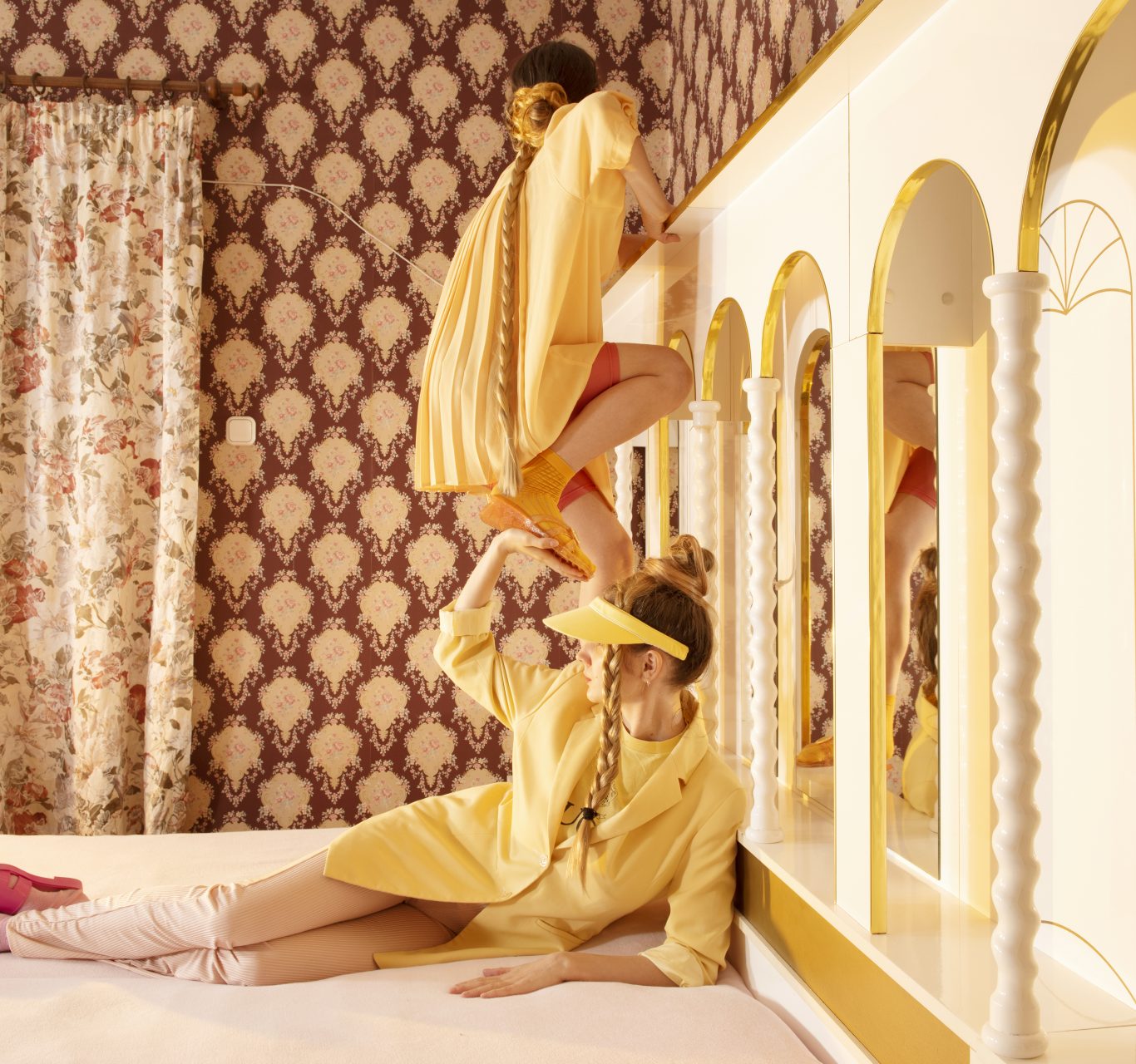

“Hungarian photography is often modest, anxious and critical”
Photography bridges the gap between the past and the present. This visual language can connect nations, regions, generations and destinies, and provides tools for constantly redefining ourselves and our place in the world. The Work in Context symposium is designed to start a discourse about the future of photography and create opportunities for Hungarian photography to play a formative role in the international scene. We talked to Gábor Máté and Gábor Arion Kudász, lecturers of the Moholy-Nagy University of Art and Design.
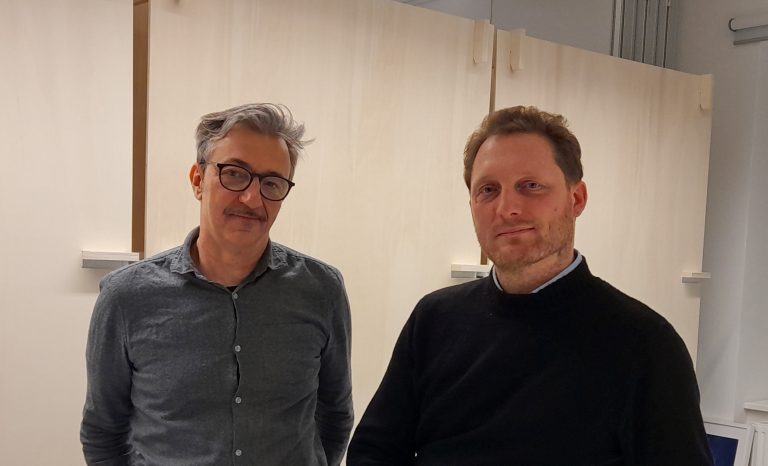
Gábor Máté & Gábor Arion Kudász (photo credit: Vivian Bax)
The two symposia that have already taken place focused on mastering practices that could help identify a sort of Eastern European photography identity through the analysis of global and local issues of the past and present. Why is it important and topical to attempt self-definition now of all times?
Gábor Arion Kudász: This region has a pretty fragmented photography culture. There is Polish, Slovak, Romanian and Hungarian photography with very little communication between them. We have created this series of symposia to act as a platform for isolated artists and theoreticians to assemble in Budapest and shape Eastern European photo culture – a language that is unique to the region rather than to the individual nations.
Gábor Máté: Hungarian contemporary photography chiefly follows Western European trends, in terms of taste, mentality and subjects. We believe the time is ripe for this to change. This platform is intended not only to help neighbouring countries connect, but also to enable Hungarian photography to be as actively involved in thinking about the future of photography as possible, and to play as formative a role, as say, László Moholy-Nagy.
How do you see the past, present and future of photography?
Gábor Arion Kudász: We’d like to find an answer to this question through the works of our own students. Each of the works presented addresses a current social issue, an Eastern European theme, and, we believe, follows a Central European, Hungarian, and in a narrower sense, MOME-specific visual language. This was main selection criterion. It’s no coincidence that both our presentations at the symposium were based on the exhibition material. I was trying to draw attention to a phenomenon, a threat that I’ve seen increasingly often in recent years: giving in to a certain sense of pressure, students began to censor their own works and the messages conveyed. This is caused mainly by the pressure to conform and the desire to meet a false notion of expectations. Self-censorship for fear or ignorance is often one of the greatest crimes we can commit against ourselves, the artistic community and our country. I believe photography to be the art of democracy, and for this reason, photographers need to stick up for the values of democracy, and point out any related issues.
Gábor Máté: Each era has its own preferences in matters of taste. A consideration for the selection was to pick photographers that have the potential to oppose the notion of following trends, and to create specific, unique and novel visual representations. Our book “Thirty-three: The New Horizon of Photography” published in 2018 has already provided an overview of works that we consider authoritative and can help convey our message and achieve our goals.
What were the most important lessons and learnings of the symposium for you?
Gábor Máté: It’s important to note that the symposium was curated by Zsolt Petrányi and Judit Gellért. According to their concept, the first part included Eastern European presenters and focused on the issue of self-definition. The second part raised the question to what degree and how visible we are from Western Europe. It was very instructive to note that invitees from Western Europe would mostly talk about themselves also in response to this question, and interesting to see how clearly the two sections illustrated cultural differences.
Gábor Arion Kudász: We thought we knew the majority of the invitees very well, and yet from the presentations it became clear how little information we have about each other’s culture and key reference points. Though we here in Hungary might feel that we are still struggling in an odd situation between empires, some Eastern European presenters voiced the sentiment that seen from Moscow, Budapest seems like the centre of the West. So it is a highly intriguing interrelationship that we experienced, showing us in a very different role and light. Even so, the discourse needs to be widened and deepened. We are already in the process of organising a third symposium, focusing on the subjects of sustainability, responsibility and risk taking, and there are plans for the publication of a large compendium of texts of the three symposia.
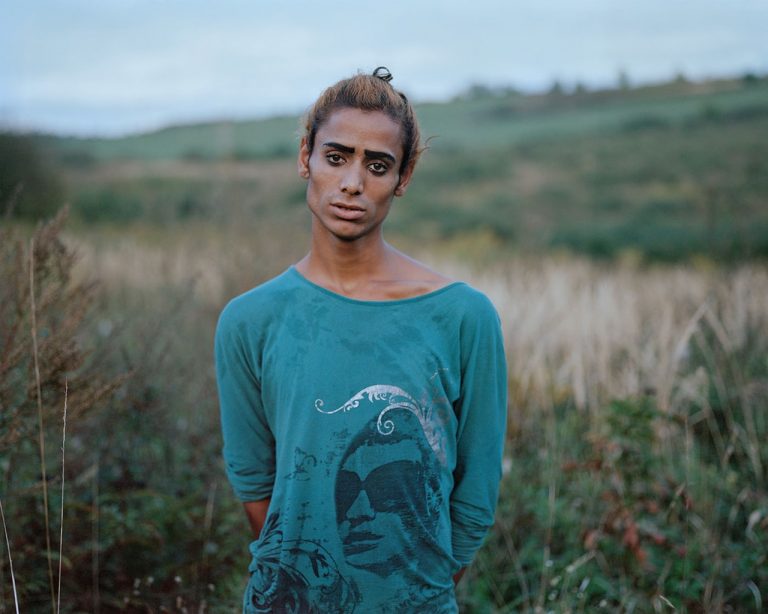
Gábor Máté: For a long time, it has been our ambition to have a more active presence in the international scene. We are thinking live events, summer universities, and our English-language MA launching shortly would also form part of this programme. We want to break out from this illusion of a bubble. We have very high ambitions and want to create an intellectual workshop with visibility and an impact also outside Hungary. We believe in the important role of arts education, and feel that the years spent at MOME are a formative period in the lives of students, so this initiative is mostly for their benefit and is targeted at Europe.
Gábor Arion Kudász: It is particularly important not to simply be participants in international initiatives and provide content for the dialogue, but rather to be the trendsetters when it comes to establishing and defining a shared language for Eastern European photography.
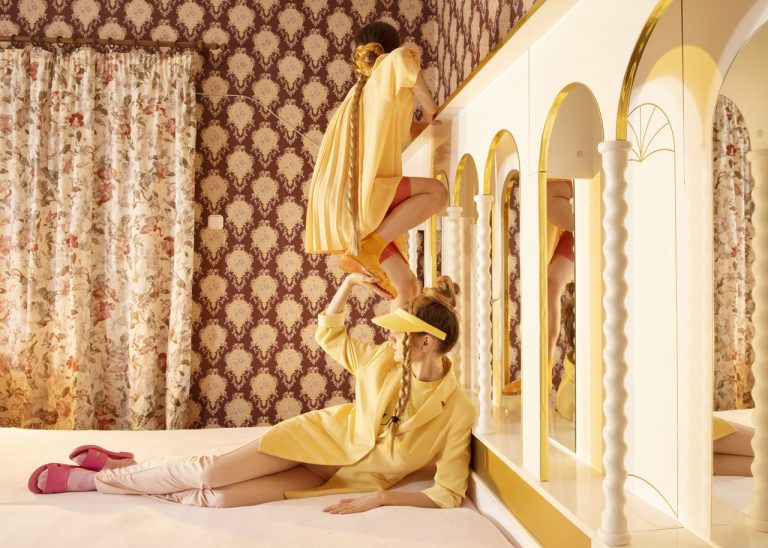
Presenters of the second Work in Context included Arianna Rinaldo, Roman Bejzak and Liz Wells, who demonstrated the “Western perspective” through atypical approaches to landscape photography. As opposed to providing a stereotypical landscape representation, they drew attention to geological, economic and ecological correlations that require immediate political action in view of the climate crisis. How would you describe the perspective they represent? How is it different from our approach?
Gábor Arion Kudász: Their research feature a coherent system, a continuity that is fairly uncommon in our country. We here in Hungary typically build from the ground up and dare not rely on the findings of others. Westerners are not afraid to conform and pick up where others have left off. We, on the other hand, have a hard time building on past events.
Gábor Máté: It’s important to add that the West is not ashamed of the past, and openly expresses and makes use of its cultural heritage. Whereas our culture is more characterised by lack of self-confidence, which often gets in the way of accomplishments and work. Hungarian photography is often modest, anxious and critical, as if an air of “ill fate” was still hanging around us.
Gábor Arion Kudász: At the same time, since Hungarian photographers don’t operate in a long-standing welfare society like their Western counterparts, perhaps they have a bolder and more courageous approach to addressing sensitive subjects and responding to delicate issues. Hungarian photography is less characterised by conformity and has a more experimentational visual language.
How can we redefine Hungarian photography once we defined Western and Eastern European photographer identity?
Gábor Máté: This is a very difficult question – we are expanding into and experimenting in a great many areas in terms of visual language, subject selection and the questions raised. Though these don’t have a solution or precise definition yet, the symposium also helps bring us closer to a contemporary redefinition of the identity of Hungarian photography. Historical and political idiosyncrasies may play a key role here, as well as a critical sensitivity to problems that is capable of reflecting a Hungarian mindset and approach to life. We would like to capture this not through words, but through the series presented.

// /
Curators of the Work in Context symposium: Judit Gellér, Zsolt Petrányi, Gábor Arion Kudász, and Gábor Máté
Exhibitors: Antal, Bánhegyesi, Gábor Baksa, Dániel Szalai, Roxane Phylicia Juhász, Kata Geibl, Kincső Bede, Fanni Máli, Hanna Rédling, Zsófia Sivák, Cora Sun Yuting, András Tornóci, and Balázs Turós.
Presenters of the first symposium (of 25/06/2021): Michaela Nagyidaiová, Zuzana Lapitková, Judit Gellér, Zsolt Petrányi, Tomas Opitz, Alexander Anufriev, Adam Mazur, Krisztina Löbl, Claudia Küssel and Zita Sárvári, Marc Prüst and David Campbell, Attila Horányi, Gábor Máté and Gábor Arion Kudász.
Presenters of the second symposium (of 05/11/2021): Arianna Rinaldo, Roman Bezjak, and Liz Wells.
For more information, please visit the Work in Context website at https://workincontext.mome.hu/
Editor: Ákos Schneider
